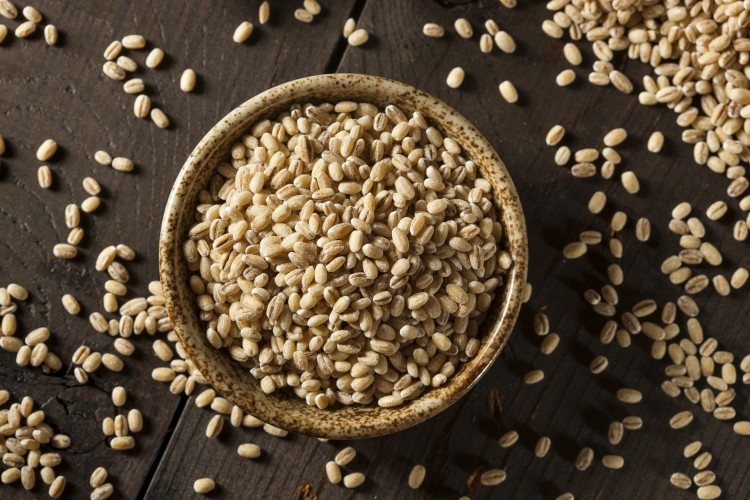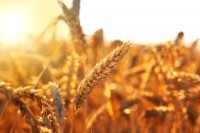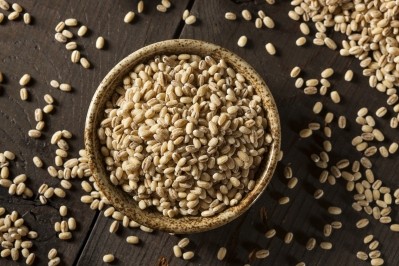Modified barley yields 30% more in salty soil: Study

Researchers looking to identify the genetic controls of salt tolerance in crops located a specific point on a chromosome (2H). Under saline conditions, 30% more barley plants were grown with this genetic mutation when compared to a common mother line.
The findings are of potentially great value as projected figures place the world population at nine billion people by 2050.
Producing sufficient food even now is limited by soil salinity, especially in irrigated systems.
While barley’s economic importance has proved of immense value, it has also proved a suitable cereal crop for studying salinity tolerance in plants because it is highly salt-tolerant.
Barley and Barke
The team from King Abdullah University of Science and Technology (KAUST) in Saudi Arabia, began by using a mother line - Barke -which represented around 75% of the genome of each plant.
Next 25 different father lines were used. These strains of wild barley have been to exhibit higher salt tolerance than commercial strains.
The team then assessed ten traits related to crop performance, such as flowering time, and looked for specific plant genes that flourished in highly saline soils.
One locus positioned on chromosome 2H originated from a father line from north-west Iraq and yielded 30% more barley than the Barke line.
“Our unique site had deep sandy soil and used salt-water drip irrigation, so we could maintain soil salinity equally across the area,” said Dr Mark Tester, lead study author from KAUST’s Biological and Environmental Sciences and Engineering Division.
“The differences in plants grown in different plots were therefore mainly due to genetic composition, rather than random environmental factors.”
The gene elsewhere

Genes linked to the barley alpha-glucosidase gene have been studied in other species. One study has shown that the Arabidopsis alpha-glucosidase gene is involved in cell wall biosynthesis.
Furthermore, a study of knockout mutants of Arabidopsis alpha-glucosidase suggested that the attachment of the sugar molecule oligosaccharide to a nitrogen atom (N-glycosylation) of this gene was required for salinity tolerance.
Tester’s colleagues next want to look at including this locus, with others linked to salt tolerance, into commercial lines. The resulting plants could then be tested in a number of geographical environments.
Source: Nature (Scientific Reports)
Published online ahead of print, doi:10.1038/srep32586
“Yield-related salinity tolerance traits identified in a nested association mapping (NAM) population of wild barley.”
Authors: Mark Tester et al.























